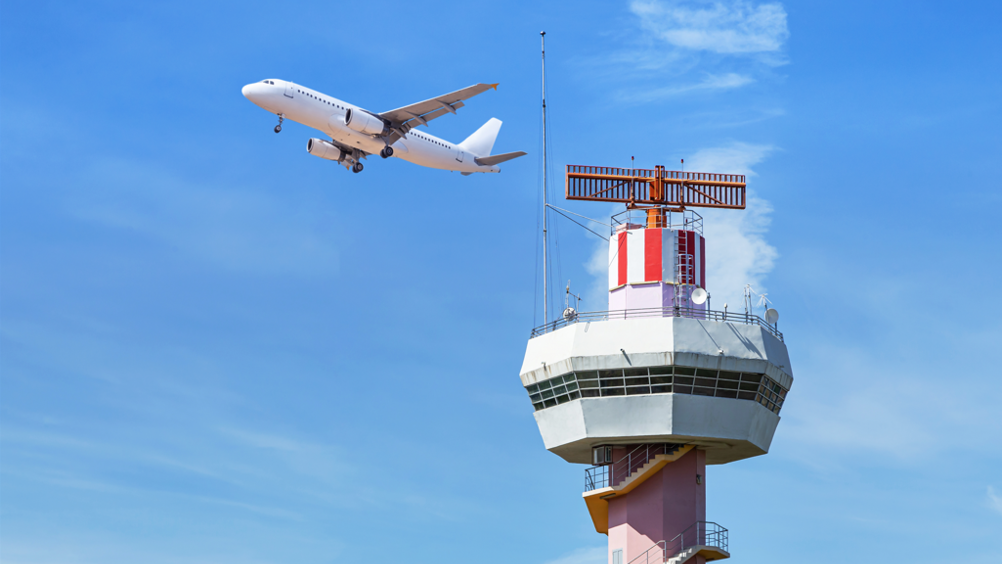Partners to develop a space-based air traffic surveillance system
Thales, Spire Global and European Satellite Services Provider (ESSP) have partnered to develop a range of global satellite-based surveillance services for the air traffic management (ATM) and aviation industries.

The surveillance service will be powered by a constellation of over 100 satellites collecting Automatic Dependent Surveillance-Broadcast (ADS-B) messages broadcast from aircraft and transmitting the data back to Earth in real time.
Spire will develop the space segment, including system design, building the satellites and payloads, ground control and data collection, while Thales will provision the ground air traffic management system and the service supervision infrastructure.
ESSP will manage the certification and delivery of the service for air traffic surveillance purposes and perform H24 operation and supervision, ensuring the compliance with real-time, safety-critical requirements imposed to ATC.
In addition, the Space Alliance – formed by Thales Alenia Space and Telespazio – will identify and implement possible synergies in terms of key-enabling technologies, secured network optimisation and sustainable operations and services.
The partners plan to certify, commercialise and start the operation of the service by 2027.
Register now to continue reading
Thanks for visiting The Engineer. You’ve now reached your monthly limit of news stories. Register for free to unlock unlimited access to all of our news coverage, as well as premium content including opinion, in-depth features and special reports.
Benefits of registering
-
In-depth insights and coverage of key emerging trends
-
Unrestricted access to special reports throughout the year
-
Daily technology news delivered straight to your inbox










Water Sector Talent Exodus Could Cripple The Sector
Maybe if things are essential for the running of a country and we want to pay a fair price we should be running these utilities on a not for profit...